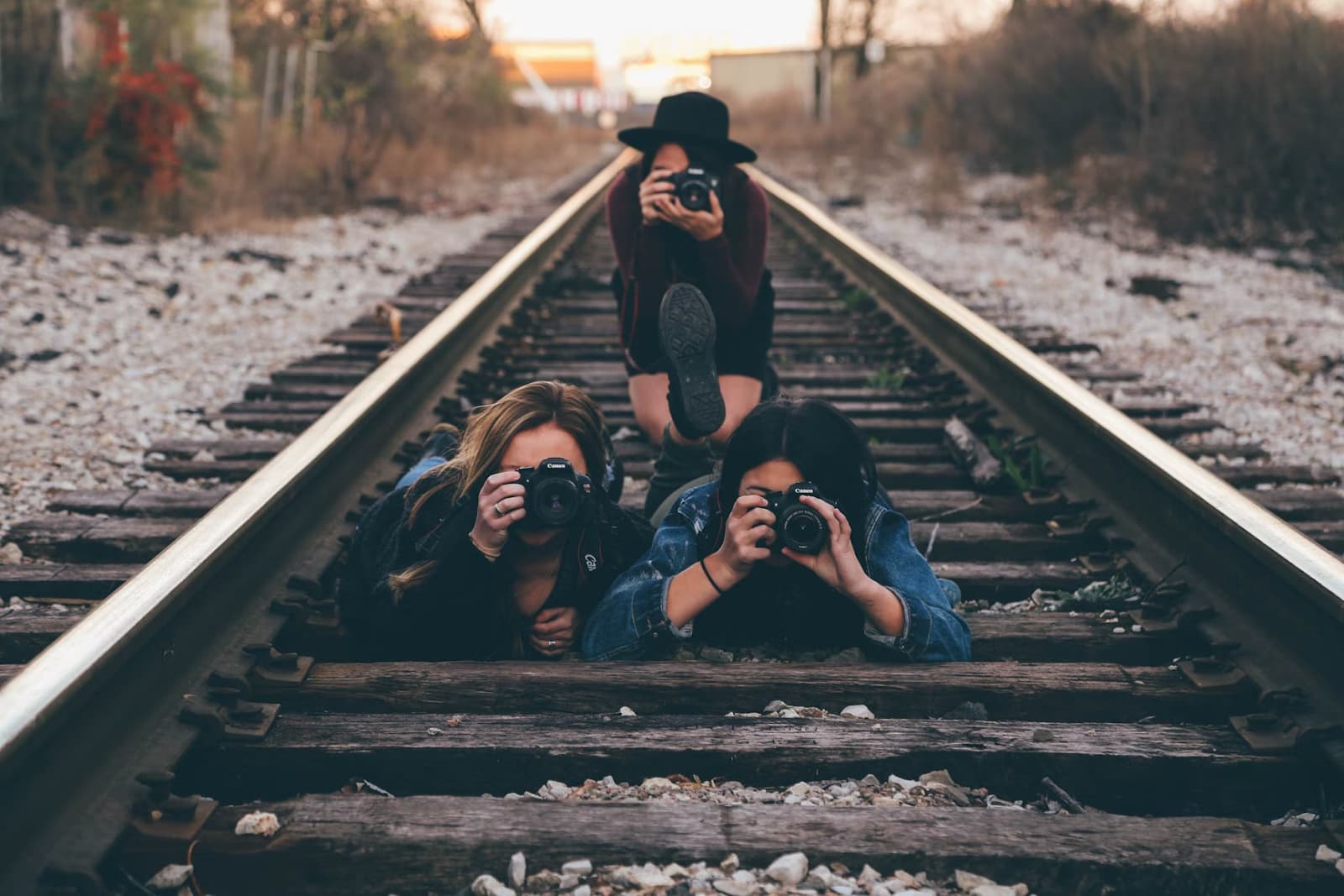Photography is an impressive instrument for storytelling. It permits us to snap moments and express feelings in a way that words often cannot. One of the unique ways to enhance this storytelling ability is through the use of triptychs. A triptych is a series of three images, often presented together, that tell a cohesive and compelling visual story. This article will delve into the art of creating triptychs, exploring how they can be used to narrate a story and provide tips for crafting your own.
Understanding the Concept of a Triptych
A triptych, historically, refers to a work of art divided into three sections or panels. This format has been used for centuries in painting, often for altarpieces in churches. In photography, a triptych involves three related photographs that are displayed together. These images can be presented side by side or in a vertical arrangement, and they collectively tell a single story or explore a theme.
The key to an effective triptych is the bond between the images. Each photo should stand on its own but also contribute to the larger narrative or theme when viewed alongside the others. This interplay between the individual and the collective makes triptychs a fascinating and versatile storytelling tool.
Crafting a Compelling Triptych

1. Choosing a Theme or Story
The first step in creating a triptych is to decide on the theme or story you want to tell. This could be anything from the passage of time to an emotional journey or a simple exploration of a concept. For example, a triptych could document the stages of a flower blooming, the lifecycle of a butterfly, or the different expressions of a person.
When choosing your theme, consider how the three images will relate to one another. Each image should provide a unique perspective or element of the story while contributing to the overall narrative. A strong theme will provide a cohesive thread that ties the images together, making the triptych more impactful.
2. Composition and Visual Cohesion
Composition is crucial in creating a successful triptych. While each image should be visually compelling on its own, they must also work together harmoniously. Consider the following compositional elements when crafting your triptych:
- Color Palette: Using a consistent color palette across all three images can create a sense of unity. This doesn’t mean all the colors need to be the same, but there should be a harmony that ties the images together.
- Lighting: Similar lighting conditions across the images can enhance the cohesive feel of the triptych. This might mean shooting all three images at the same time of day or under similar lighting setups.
- Subject Placement: Think about how the placement of subjects in each image can guide the viewer’s eye across the triptych. The images should flow naturally from one to the next, creating a visual journey.
- Perspective and Angle: Using similar perspectives or angles can add to the sense of unity. For instance, a triptych exploring different aspects of a city might use wide-angle shots to capture the essence of urban life.
Examples of Effective Triptychs
1. The Passage of Time
One powerful use of triptychs is to depict the passage of time. This could be as simple as capturing a single location at different times of day or as complex as documenting the aging process. For example, a triptych might show a tree in the spring, summer, and autumn, highlighting the changes in its foliage and the surrounding environment.
Another example could be a series of portraits taken over a period, showing the subtle changes in a person’s appearance and expression. This approach can be particularly effective in conveying growth, change, and the inevitability of time.
2. Emotional Journey
Triptychs can also be used to convey an emotional journey. This could involve capturing a range of expressions or moments that tell a deeper story. For instance, a triptych might explore the emotions of joy, contemplation, and sorrow through three portraits of the same person. Each image would capture a different emotional state, offering a nuanced and layered narrative.
This technique can be powerful in storytelling, as it allows the viewer to engage with the subject on an emotional level. The juxtaposition of different emotions can create a compelling and thought-provoking visual experience.
Tips for Creating Your Own Triptychs
- Plan Ahead: Think about the story or theme you want to explore before you start shooting. Planning your shots can help ensure that the images will work well together as a triptych.
- Shoot More Than You Need: Take multiple shots for each part of the triptych. This gives you more options to choose from when assembling the final series.
- Edit Consistently: When post-processing your images, apply similar edits to each one to maintain a cohesive look. This includes adjustments to color, contrast, and sharpness.
- Experiment with Layouts: Don’t be afraid to try different layouts when assembling your triptych. Whether you choose a horizontal, vertical, or even diagonal arrangement, the layout can significantly impact the final presentation.
Conclusion
Creating triptychs is a rewarding way to enhance your storytelling through photography. By carefully selecting themes, paying attention to composition, and considering the relationship between the images, you can craft compelling visual stories that captivate your audience. Whether you’re documenting the passage of time, exploring an emotional journey, or simply experimenting with visual cohesion, triptychs offer a versatile and powerful tool for any photographer.
